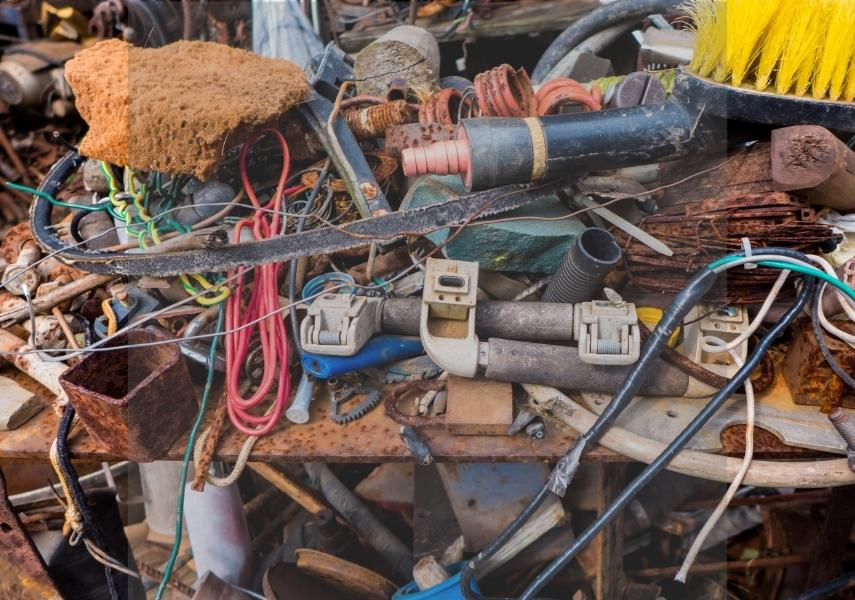8 Signs you're a Borderline Hoarder

Decluttering is big business. Auction and sales sites are booming, second hand items are cool, not buying new things is a fashion. But how do you recognise you might need to declutter? And are you a borderline hoarder? Look out for these signs.
1. Trouble throwing things away
If you keep saving things ‘just in case’ you have a use for them, but they never seem to be used, you may be a borderline hoarder. Many people start every new year by reversing the hangers in their wardrobe. In six months, those hangers still reversed should be emptied, and the contents disposed of in your preferred way - selling on or donation. Those clothes have not been worn and are therefore taking up space.
2. Anxiety
Anxiety has a big part to play in hoarding. Officially, being a hoarder is classed as obsessive-compulsive behaviour. It is possible to address the root cause of clutter by addressing the reasons for anxiety.
3. Lack of organisation
Everything just piled everywhere with no organisation is also a sign of being a hoarder. Unsorted, unspecified clutter can quickly get out of control and cause its own set of problems, especially if it becomes dangerous because of volume, age or weight.
4. Grief, distress
Clutter can arise through grief or distress. Things which might have otherwise been sold, thrown out or donated can accumulate because of Life getting on top of you. The thing to remember is that decluttering can be cathartic. It’s a physical clearing out which becomes a mental declutter too. Listing items for sale on auction sites, taking bags of goods to a charity shop, filling rubbish bags with clutter can all improve our mental health.
5. Inaccessible areas
If some parts of your home are piled so high with clutter that you can’t get to them, that’s an issue. These areas may become a health or fire hazard if left unsorted. Sorting them should ideally be a priority to keep yourself occupied and start to beat the anxiety, grief or lack of purpose which is causing the behaviour in the first place.
6. Items have no value
Hoarders typically keep things which have no great value, in monetary or sentimental terms. These items should be thrown out or at best sold or donated. Whether it’s broken appliances, junk mail, old personal filing, it needs to go. Shred sensitive items or sell what you can if you have a habit of holding on to old clothing unworn in years. Catch this tendency early enough and it will stay as borderline hoarding.
7. Social disconnection
Hoarding can begin as a feeling of social disconnection. It can lead to, or arise because of, relationship or marriage breakdown or financial difficulties. A cluttered environment can lead to safety and fire risks, and if the relationship disconnect has led to a lack of visitors, this can increase the risk of fire not being discovered until it is too late.
8. Indecision
Indecision can play a big part in clutter and hoarding. The fear of throwing something out that you may need in a few days becomes so strong that you don’t dare to toss anything. But, to overcome clutter, you have to overcome indecision.
Once you recognise one or more of these signs in yourself, you can begin to address them. If you think you're a borderline hoarder, ask for help from professionals, family or friends if necessary. Make the decluttering a daily task and you will soon notice the difference. Even one box of papers or half an hour listing old clothes on auction sites can make a difference.
